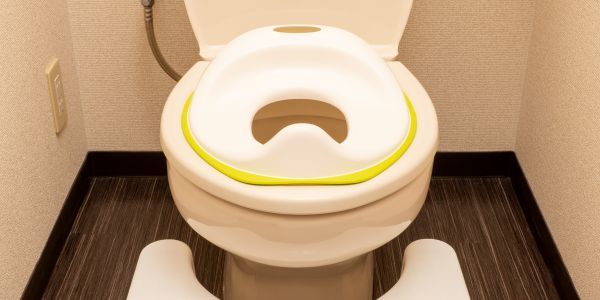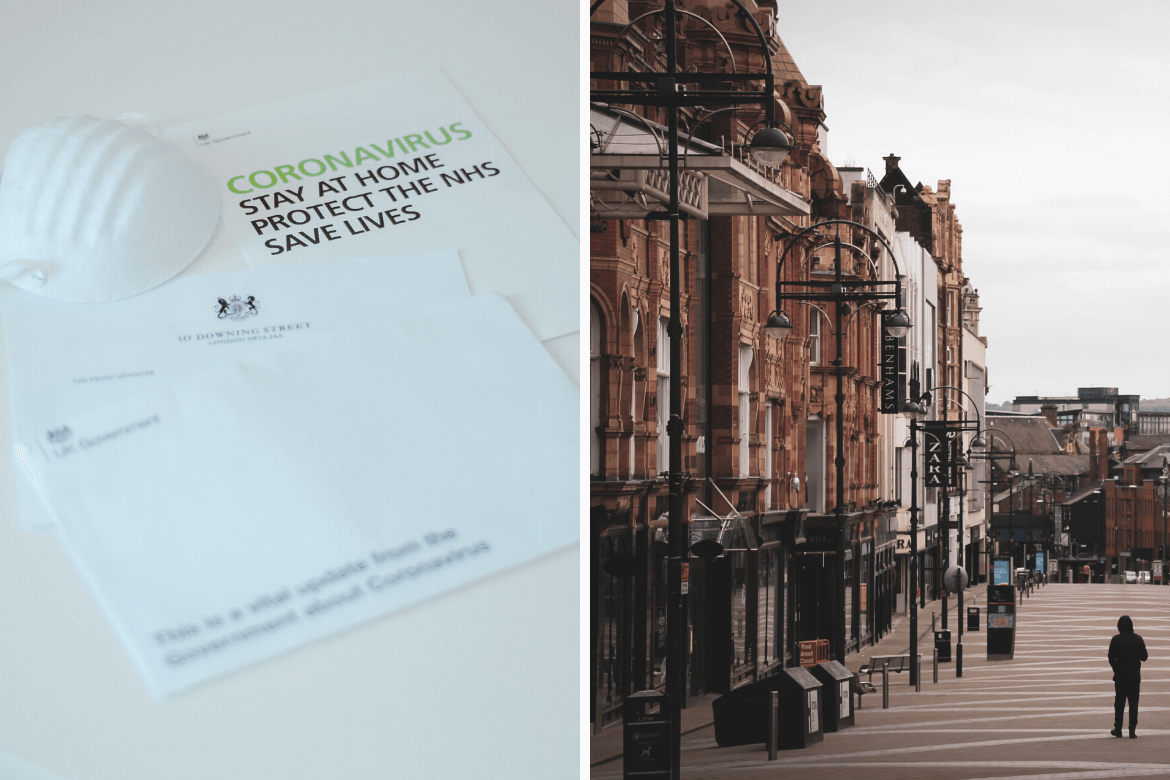

Yesterday, Boris Johnson announced that from June 13th in England those who live alone or are a single parent with dependent children can expand their support network so that it includes one other household of any size.
This is called making a ‘support bubble’ and means you are able to meet indoors or out, be less than 2 metres apart and stay overnight as you could if they were members of your own household.
We’ve got the guidance on support bubbles from the Gov website here for you:
Making a support bubble with another household
“Once you are in a support bubble, you can think of yourself as in a single household.
There are key principles for how you can form a support bubble safely. These are critical to keeping you – and your friends and family – safe and saving lives:
- support bubbles should be exclusive – you should not change who is in your bubble or have close contact with anyone else you do not live with. This is critical to keeping you, and your family and friends, safe
- if you or someone in your support bubble is showing coronavirus symptoms, or otherwise self-isolating, everyone in your support bubble should stay home. If you or a member of your support bubble is contacted as part of the test and trace programme, the individual contacted must stay at home. If the individual becomes symptomatic, everyone in the support bubble must then isolate
It is not yet possible for those who are not in a support bubble to start meeting inside other people’s homes – that remains against the law unless covered by any other limited circumstances as set out in the law. This is critical to helping us control the virus and keep people safe.
Forming a support bubble with another household means you can meet – indoors or out – and be closer than 2 metres from each other. You can also stay overnight as if you lived with that household. This means you are able to have closer contact with those in your support bubble, which should help provide additional support to those who need it. You should continue to adhere to social distancing guidelines in full with other households.
This is really important to keep you and others in your support bubble safe by avoiding the risk of infection to those in your bubble. The risk of infection rises with the number of people in a bubble and the number of interactions you have with people you do not live with, so it’s important to take measures to try and protect against this. This means that support bubbles should be exclusive – you should only form a bubble with one household and they should only be in a bubble with you.
You must not gather indoors or stay overnight with anyone outside of this bubble and should not change your bubble. If you are in a single adult household, you may also want to consider making a bubble with another smaller household where possible. Everyone in a support bubble should isolate when one member of the bubble becomes symptomatic or tests positive for coronavirus.
Who can form a support bubble
From 13 June, if you live in a single adult household – either you live alone or are a single parent living only with dependent children – you are allowed to form a support bubble. You can choose to do so with any other household. This should be used to help those most in need. If you choose to bubble with another household, you should keep to the principles outlined and otherwise maintain robust social distancing to avoid increasing risk of infection to those in your bubble.
Physical contact with members of your support bubble
Support bubbles are a cautious step to help people who may be lonely and therefore at greatest risk of isolation. You do not need to stay more than 2 metres from people in your bubble, but good hand hygiene and other measures can help to keep you and the people you meet safe.
Some people already take extra precautions with those they live with – for example, if one of them is clinically vulnerable, or one of them has a lot of contact outside the house, and you might want to do the same if you expand your bubble.
Support bubbles and isolation
If any member of your support bubble (from 13 June) – either someone in your own household or one that you have formed a bubble with – develops symptoms or tests positive for coronavirus you should follow advice on household isolation.
If you share custody of your child, and you and your child’s other parent are both in separate bubbles, all households would need to isolate if someone becomes symptomatic in the group.
If you are clinically extremely vulnerable (shielding)
Unfortunately, we cannot advise anyone who is shielding to form a household bubble at this stage. However, we know how hard it is for people who are shielding and have been keeping this advice under close review. We will be setting out further advice for this specific group next week, now that the peak of the pandemic is past.
Those who are shielding are still advised to maintain strict social distancing and stay 2 metres apart from others – including those they live with.
If you are clinically vulnerable or have a higher risk of catching coronavirus (such as a frontline healthcare worker)
If you are clinically vulnerable, you should continue to take particular care to minimise contact with others. You should bear this in mind when deciding to form a support bubble. If you are at a higher risk of exposure to those with coronavirus (for example, if someone in your house is a healthcare or care worker that interacts with patients that have coronavirus), you should take particular care when deciding whether to form a support bubble and who with.
Travelling to form a support bubble
There is no limit on how far you can travel in England to meet members of your support bubble but we recommend that you form a support bubble with someone who lives locally wherever possible. This will help to prevent the virus spreading from an area where there might be a higher rate of infection. You cannot form a bubble with someone who lives in Scotland, Wales or Northern Ireland.
If you share custody of your child with someone you do not live with
Children with separated parents are already permitted to move between both households and there is no change to that. From 13 June, it will also be permitted for those households – if there is only a single adult in them – to form a support bubble with another household.
However, it is very important that if someone in any of these linked households shows coronavirus symptoms, or is otherwise self-isolating, you should all stay at home. This is critical to controlling the virus, by avoiding a chain of transmission.
Using a support bubble for informal childcare
From 13 June, if you are a lone parent you can form a support bubble with another household to provide informal (i.e. unpaid) childcare for them or for them to provide informal childcare for you. You should not form a support bubble with more than one household.
Lone adults with children over 18
If you live with children over the age of 18, you will not be able to form a support bubble. We are making this change to support those who might be feeling lonely or isolated. It is a targeted intervention to provide extra support to some of those most impacted by the current social restrictions.”
What do you think of the new guidance on support bubbles? Will you be making one? Let us know in the comments.
Notice: Undefined offset: 0 in /var/www/vhosts/bumpbabyandyou.co.uk/httpdocs/layouts/article.php on line 178

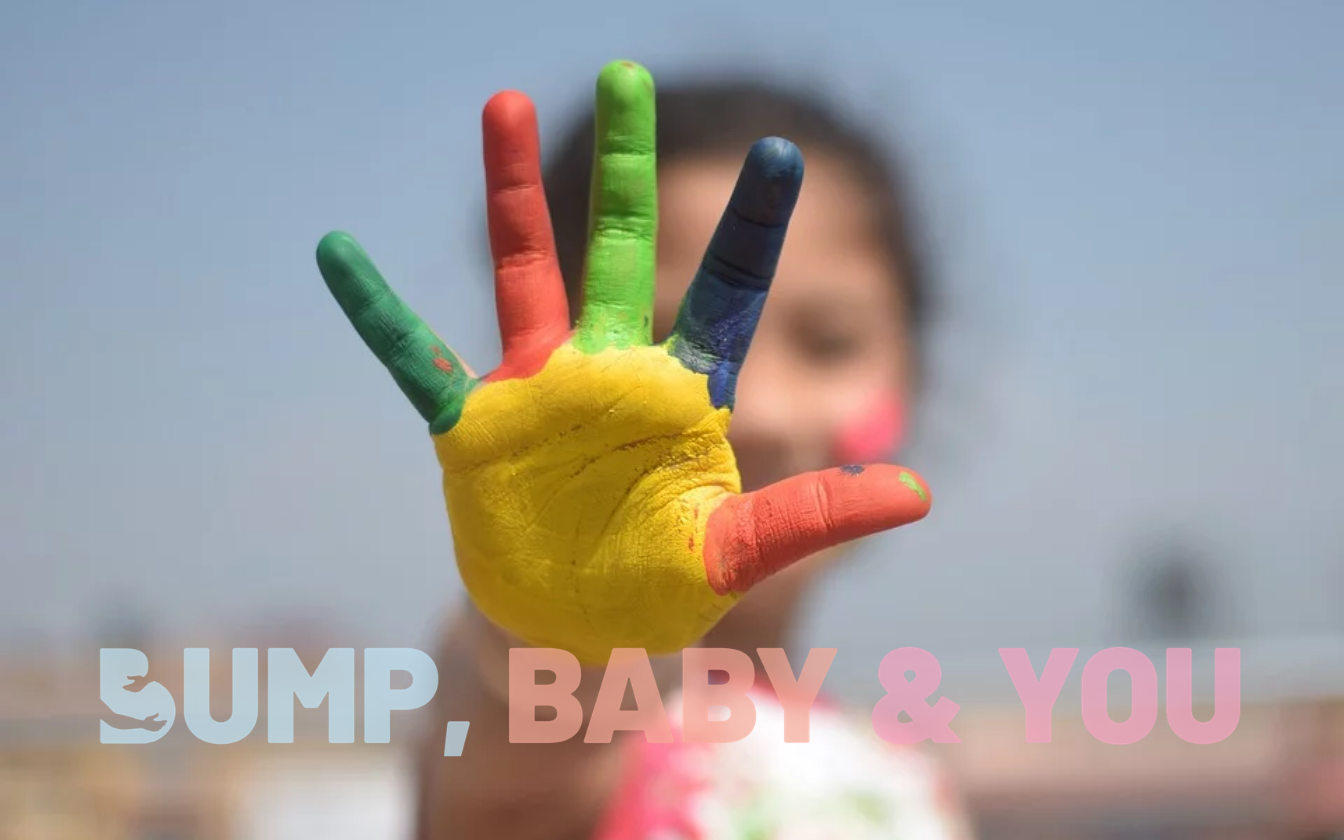
.png)
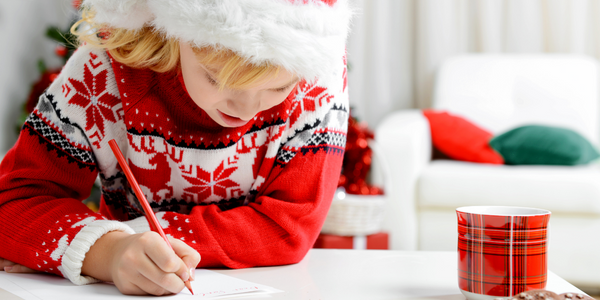

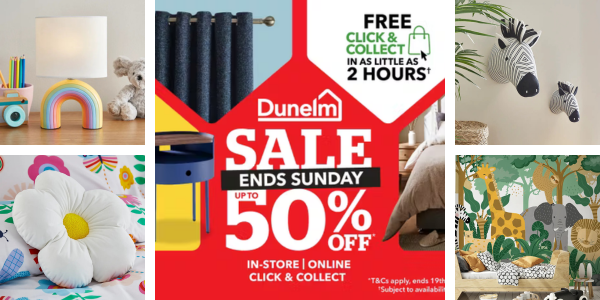
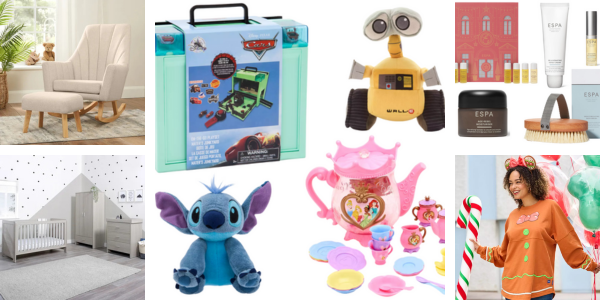
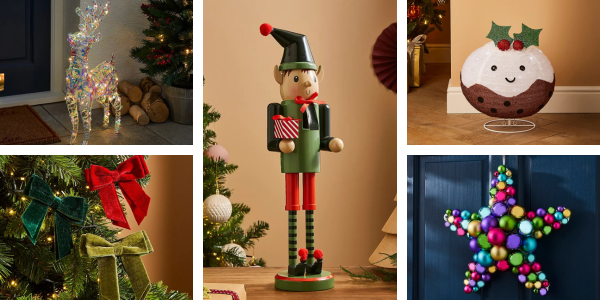
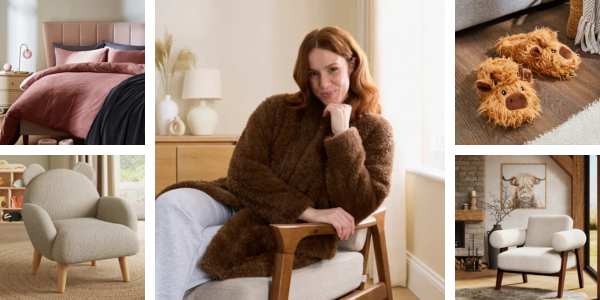
.jpg)
